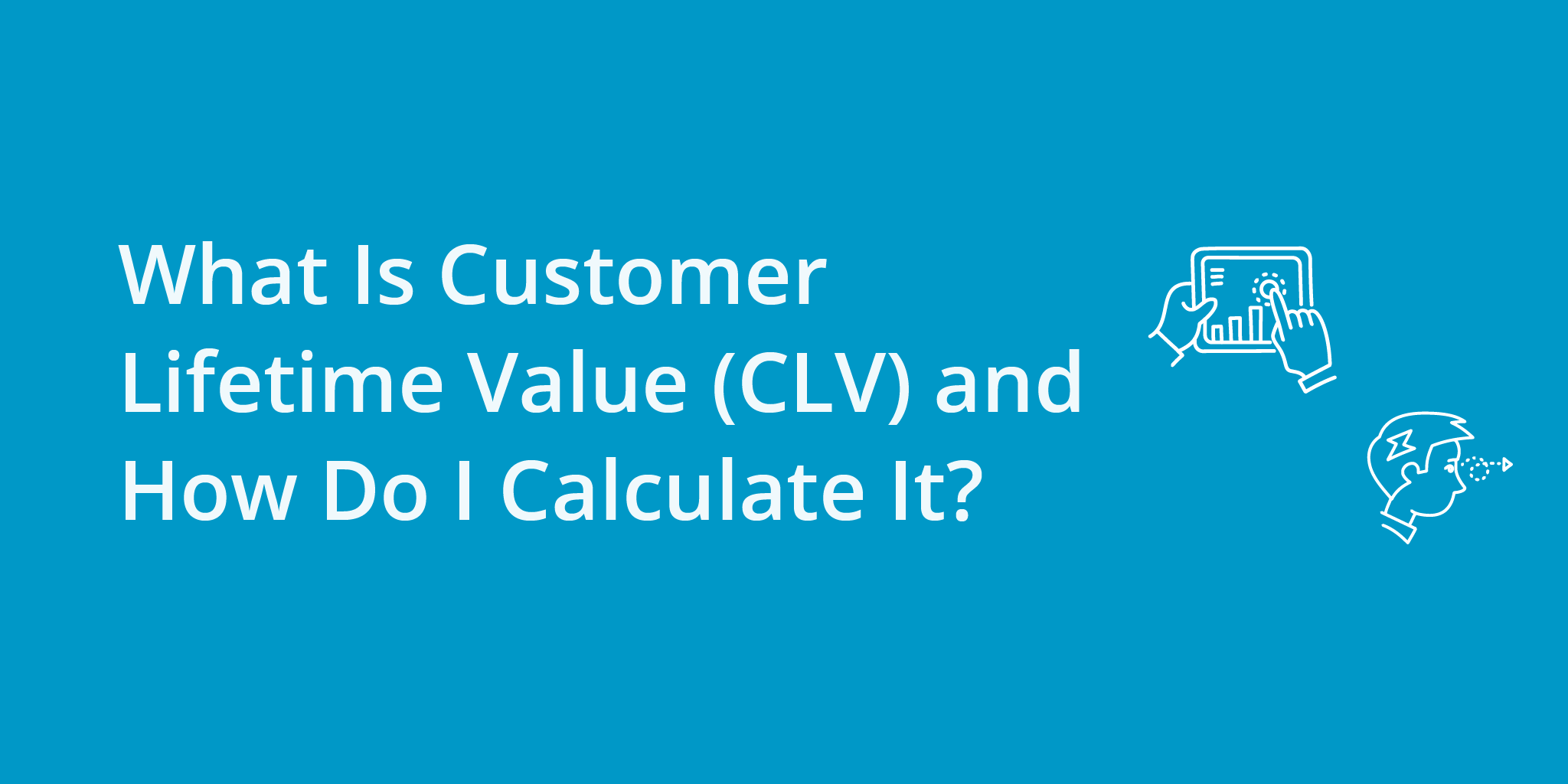Table of Contents
- Definition and Importance of Customer Lifetime Value
- Customer Lifetime Value: Calculation Methods
- Customer Lifetime Value: Industry Benchmarks
- Case Studies: Companies Leveraging Customer Lifetime Value
- Ways to Improve Customer Lifetime Value
- Challenges in Measuring Customer Lifetime Value
- Best Tools and Software for Tracking Customer Lifetime Value
- Conclusion: The Power of Customer Lifetime Value
Definition and Importance of Customer Lifetime Value
Customer Lifetime Value (CLV) is the total worth of a customer to a business over the entirety of their relationship.Customer Lifetime Value (CLV) is the total worth of a customer to a business over the entirety of their relationship. In other words, it’s an estimate of how much revenue one customer will generate during their time as a paying customer. CLV is a key metric because it shifts focus from short-term transactions to the long-term value of customer relationships. Tracking CLV helps businesses understand the financial impact of customer loyalty and repeat business over time. Why CLV matters for businesses:
- Informs Marketing Spend: CLV represents an upper limit on what you can justify spending to acquire a customer. If a customer is likely to bring in $500 over their lifetime, spending $400 to acquire them may be too much, whereas spending $50 could be a bargain. Companies use CLV to balance customer acquisition cost (CAC) against long-term revenue. (In fact, many aim for an LTV:CAC ratio around 3:1 – earning $3 for every $1 spent acquiring a customer.)
- Cost of Retention vs. Acquisition: It’s widely cited that acquiring a new customer can cost 5 to 7 times more than retaining an existing one. Focusing on CLV encourages investments in customer satisfaction, support, and loyalty – which are often more cost‑effective than constantly acquiring new customers.
- Impact on Profitability: Increasing customer retention (and thus CLV) can dramatically boost profits. Research by Frederick Reichheld found that a mere 5% increase in customer retention can raise profits by 25% to 95%. This is because loyal customers not only buy more over time, but also tend to refer others and cost less to serve. In the long run, a high CLV is a strong indicator of sustainable growth and customer loyalty.
- Strategic Decision-Making: CLV-focused thinking encourages businesses to optimize the customer experience and build lasting relationships. Rather than chasing one‑off sales, companies prioritize keeping customers happy to maximize their lifetime value. (Yet surprisingly, only about 25% of marketers include CLV among their top‑five metrics, suggesting many firms have room to grow in leveraging this metric.) Overall, CLV is crucial for understanding the long‑term health of a business and guiding decisions in marketing, sales, and customer service.
Customer Lifetime Value: Calculation Methods
There are several ways to calculate CLV, ranging from simple arithmetic formulas to advanced predictive models. The appropriate method can depend on your business model (e.g. subscription vs. one‑time sales) and the data available. Below are some common calculation methods:| Method | Formula | Best For |
|---|---|---|
| Basic Formula | (Average purchase value) × (Average purchase frequency) × (Average customer lifespan) | Simple estimations, one-time purchase businesses |
| Subscription Model | (ARPU × Gross Margin) ÷ Customer Churn Rate | Subscription-based businesses |
| Advanced Model | Sum of discounted future cash flows | Complex, variable customer behavior |
Customer Lifetime Value: Industry Benchmarks
Average CLV can vary dramatically by industry. High‑ticket or B2B industries tend to have a much larger CLV per customer than consumer retail businesses, for example. While every business will have its own numbers, here are a few benchmarks and comparisons:- Architecture firms: ~$1.13 million average CLV per client (projects are large and clients may continue to bring business over many years).
- Business consultancies: ~$385,000 per client on average, reflecting the high value of long‑term consulting contracts.
- Digital design/marketing agencies: ~$90,000 per client on average.
- E-commerce (Beauty brands): ~$188 average CLV. In consumer retail, individual customer value is much lower, but volumes are higher. For instance, an analysis of beauty e‑commerce stores found an industry average around $188, with top‑tier brands achieving higher CLVs through customer loyalty.
- Telecommunications: Customers of mobile or cable companies might have CLVs in the thousands of dollars (e.g. a $100/month telecom customer over 4 years = $4,800). Telecom providers often measure CLV to decide subsidy offers (like discounted smartphones), banking on earning profit over the customer’s contract period.
- SaaS (Software as a Service): CLVs are often in the tens of thousands. As one example, the average annual value of a SaaS customer was around $55,000 per year – over a multi‑year subscription this can easily exceed six figures. Enterprise software companies may have even higher CLVs, given large contract sizes and high retention rates.
Key Point: It’s important to compare your CLV against industry peers. If your CLV is significantly lower than the industry average, it may indicate issues with retention, customer satisfaction, or opportunities to expand customer spend. Conversely, a higher‑than‑average CLV can be a competitive advantage, allowing you to spend more on acquiring customers or grow faster.
Case Studies: Companies Leveraging Customer Lifetime Value
Examining real‑world examples of CLV in action can illustrate how impactful this metric can be. Here are a couple of notable case studies:Starbucks – Investing in Loyalty for High CLV
Starbucks calculated that the average lifetime value of a customer is $14,099.Starbucks is famous for its strong customer loyalty, and the numbers show why they focus so heavily on customer experience. This astonishing figure comes from customers who purchase coffee daily or weekly over many years. To capitalize on this, Starbucks pioneered one of the first mobile loyalty apps, offering rewards for frequent purchases, personalized offers, and convenient payment options. By making it easy for customers to keep coming back (and feel valued for it), Starbucks increases the frequency and duration of customer relationships. The result is not just more coffee sales, but also an engaged customer base that is less likely to drift to competitors.
Amazon – Prime and the CLV Mindset
Prime members tend to spend far more than non-members; a study found Prime customers spend about $1,340 per year (vs. around $600/year for non‑Prime shoppers).Amazon.com has grown to dominate e‑commerce in part by maximizing customer lifetime value. A key strategy is the Amazon Prime membership program. Amazon intentionally invests in Prime (through fast shipping, exclusive content, and services like Prime Video) to increase customer loyalty and purchasing frequency. Though Amazon may lose money on shipping for a single order, the loyalty engendered by Prime means the customer will likely shop with Amazon for many years. Amazon tracks metrics like CLV meticulously, knowing that a Prime customer has a high lifetime value.
Ways to Improve Customer Lifetime Value
Increasing customer lifetime value generally comes down to three levers: acquire the right customers, keep them longer, and encourage them to spend more (or more often). Below are several strategies businesses can use to boost CLV:- Deliver Excellent Customer Experience: Improving the customer experience (CX) at every stage of the journey leads to happier customers who stay longer.
- Build Customer Loyalty: Implement loyalty programs and personal touches to make customers feel valued and part of a community.
- Provide Personalized Support and Onboarding: Help customers get the most value from your product or service to keep them around longer.
- Upsell and Cross‑Sell: Encourage customers to spend more with each transaction or buy more frequently.
- Improve Product/Service Quality and Value: Consistently meet or exceed expectations to give customers little reason to leave.
- Reduce Customer Churn: Implement proactive retention strategies to identify and win back at-risk customers.
- Increase Engagement and Stickiness: Find ways to become a regular part of your customers’ lives through content marketing, community-building, and usage reminders.
Remember: Increasing CLV is not just about squeezing more money from customers – it’s about delivering more value to them, so they naturally reciprocate with repeat business.
Challenges in Measuring Customer Lifetime Value
While CLV is an incredibly useful metric, calculating it isn’t always straightforward. Businesses often face several challenges when measuring and acting on CLV:- Data Availability and Quality: Having the right data to compute CLV accurately can be difficult if data is siloed in different systems.
- Identifying the “Lifetime”: Defining and forecasting how long customers will stay active is a challenge.
- Complexity of Factors: CLV can be influenced by many variables, making it difficult to model accurately.
- Attribution of Costs and Profits: Deciding what to include in CLV calculations (e.g., revenue vs. profit) can be complex.
- Dynamic Customer Behavior: A customer’s projected value can change as their behavior changes, requiring frequent recalculation.
- Organizational Buy‑in and Use: Getting teams to act on CLV insights can require a mindset shift from short-term to long-term thinking.
Best Tools and Software for Tracking Customer Lifetime Value
Measuring and monitoring CLV can be greatly aided by modern software. Here are some of the best tools and platforms commonly used for tracking and optimizing CLV:- Customer Relationship Management (CRM) Systems: Platforms like Salesforce or HubSpot are frequently used to track customer interactions and purchase history. A good CRM consolidates data in one place and often includes analytics or dashboards that help compute basic CLV metrics.
- Web & Marketing Analytics Tools: Google Analytics (including GA4) has a Lifetime Value report that shows how different user segments perform over time. Tools like Adobe Analytics, Mixpanel, or Amplitude can also tie user behavior to revenue, enabling deeper CLV analysis.
- Subscription Analytics and Revenue Platforms: For subscription businesses, services like ChartMogul, Baremetrics, ProfitWell, or Stripe’s analytics calculate LTV from billing data automatically and update it in real time.
- Customer Data Platforms (CDPs) and CLV Analytics Software: CDPs such as Adobe Real-Time CDP or Segment unify data from multiple sources. Dedicated CLV analytics solutions (e.g., Retina.ai or Optimove) and BI platforms (e.g., Domo) offer specialized lifetime value dashboards.
- E-commerce Platforms and Plugins: Shopify, Magento, BigCommerce, and related plugins can calculate total spend per customer and project their CLV. Many also segment customers via RFM analysis.
- BI Tools and Spreadsheets: Tableau, Power BI, or even Excel can be used for custom CLV calculations if you have the necessary raw data and prefer a do-it-yourself approach.
Choosing the right tool: The best fit depends on your data complexity and business model. Smaller businesses may find that basic CRM or e-commerce analytics is enough. Larger or more complex organizations may need a dedicated CDP or advanced CLV modeling. Whichever tool you choose, be sure it integrates with your various data sources to keep CLV updated and actionable.
Conclusion: The Power of Customer Lifetime Value
Customer Lifetime Value is more than just a formula – it’s a philosophy of valuing long-term customer relationships over short-term gains. By understanding CLV, companies can make smarter decisions on where to invest in marketing, how to improve customer experience, and which customers to prioritize. This guide covered the fundamentals of CLV: what it is, why it’s critical, how to calculate it, industry benchmarks, real-world examples, strategies to increase it, challenges to watch out for, and tools to help measure it. Armed with this knowledge, you can start leveraging CLV to drive sustainable growth.A business that knows the lifetime value of its customers is far better positioned to increase it – by delighting those customers again and again.
References
- Qualtrics: Customer Lifetime Value Explained
- Wikipedia: Customer Lifetime Value
- CustomerGauge: Average Customer Lifetime Value by Industry
- Qualtrics: Customer Acquisition Insights
- Explo: Preventing Customer Churn to Protect Lifetime Value
- Sprinklr: Enhancing Customer Lifetime Value Through Loyalty
- Qualtrics: Product Metrics and Customer Lifetime Value
- Mosaic: Calculating Customer Lifetime Value
- ChartMogul: SaaS Customer Lifetime Value Formula
- MarketingMo: How to Calculate Customer Lifetime Value
- PostAffiliatePro: Average Customer Lifetime Value Statistics
- Metrilo: Beauty Brands’ Ecommerce CLV Benchmarks
- Statista: Software Customer Lifetime Value (On‑Premises vs. Cloud)
- Intechnic: Calculating CLV for High‑Value Customers
- BarnraisersLLC: Case Studies on Customer Lifetime Value
- Qualtrics: Understanding Customer Experience & Lifetime Value
- Qualtrics: Increasing Customer Equity for Better CLV
- Helpjuice: 5 Simple Steps to Increase Customer Lifetime Value
- Qualtrics: Customer Care and Its Impact on Lifetime Value
- Retently: Strategies to Increase Customer Lifetime Value
- MemberPress: Customer Lifetime Value vs. Churn Rate
- FasterCapital: Challenges in Calculating Customer Lifetime Value
- Aporia: Machine Learning for CLV Models
- Marketing Week: Challenges of Customer Lifetime Value
- Livex.ai: CLV Benchmarks and Profitability
- Sightfull: Tracking Customer Lifetime Value with ChartMogul
- Adobe Experience League: CLV Use Cases
- Domo: Customer Lifetime Value App



